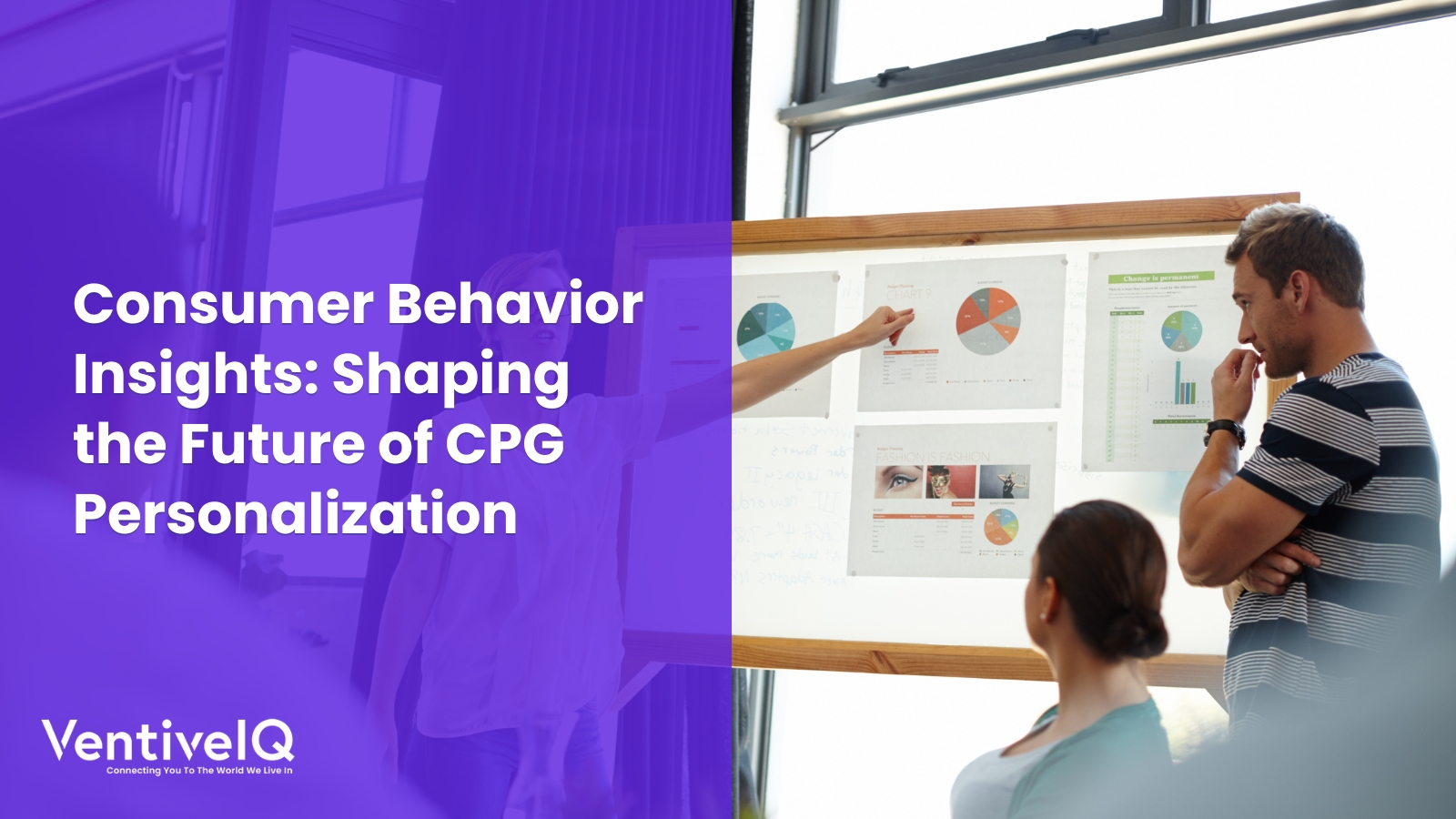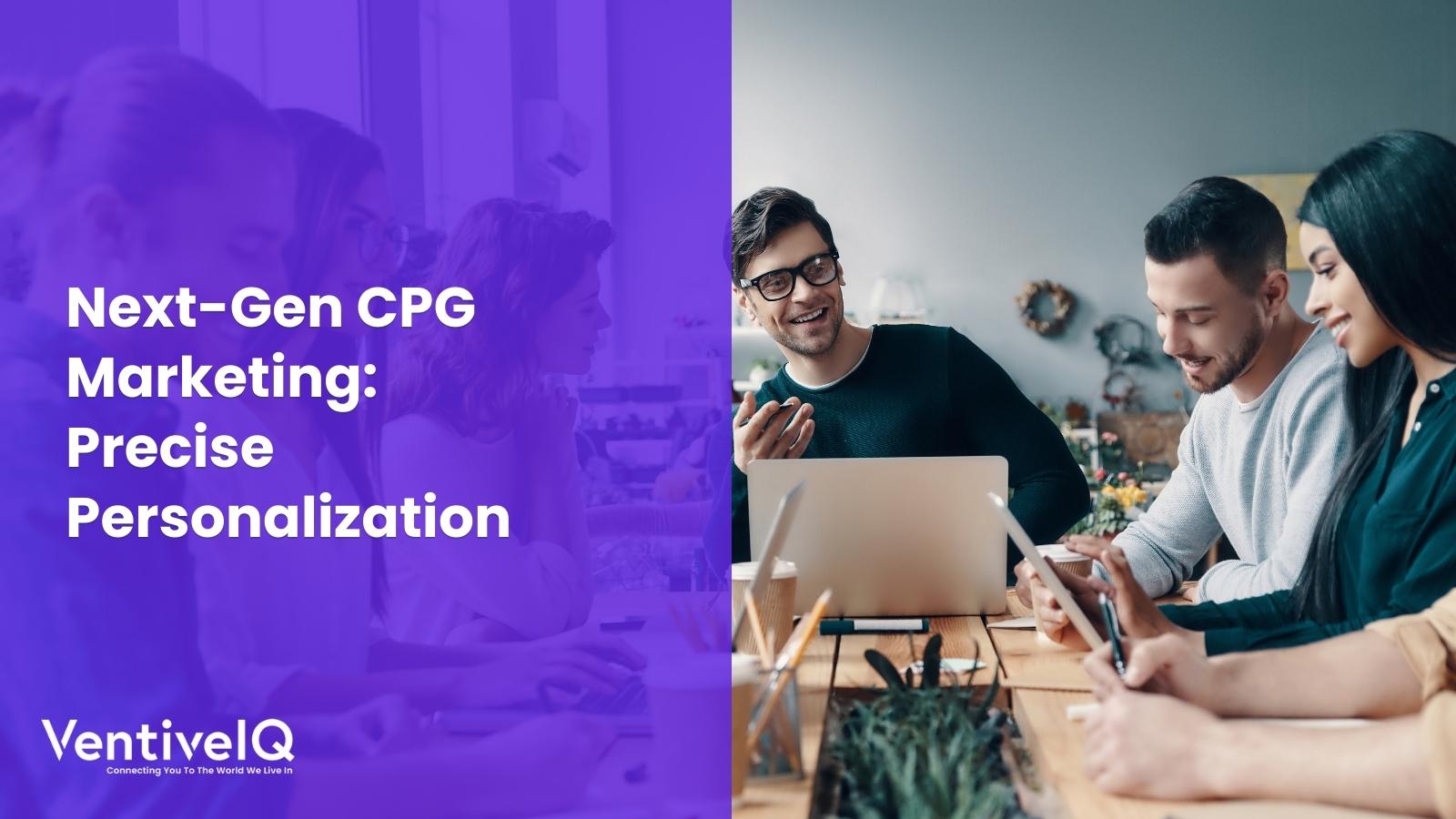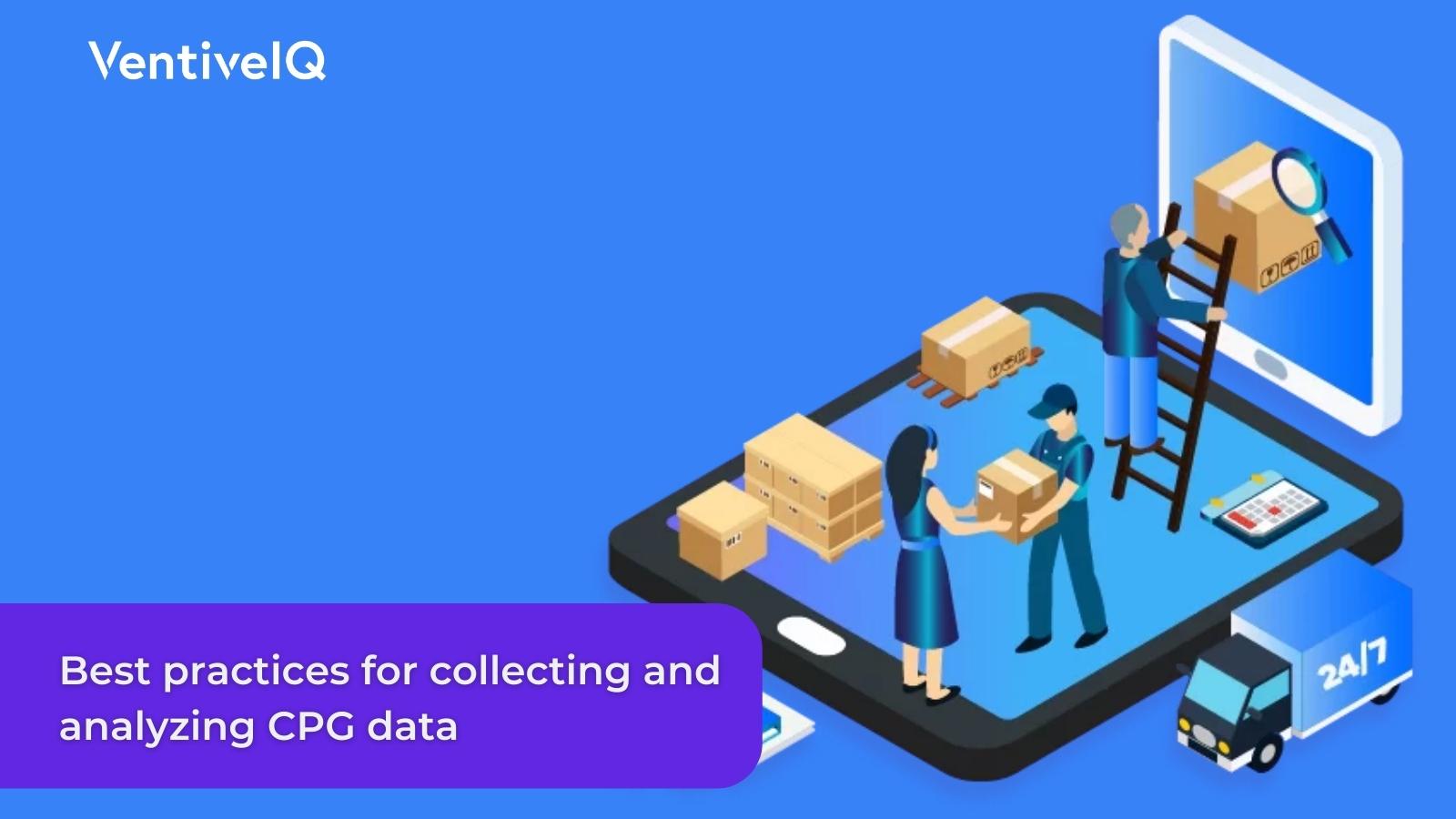Unlock the power of consumer behavior insights to drive CPG personalization. Learn how data, trends & emotional connections can enhance customer loyalty & boost sales.
Introduction
Consumers today demand personal experiences and such impact is transforming the consumer packaged goods industry. According to McKinsey recently reported, 71 percent of consumers today demand personalized interactions from brands and 76 percent are frustrated if their expectations are not met. It’s a simple truth: in a highly competitive environment like today’s, understanding consumer behavior is no longer a luxury-it’s a must.
In this blog, we will explore how insights into consumer behavior are reshaping CPG marketing. From evolving customer expectations to the power of data and emotional connections, this journey uncovers the keys to creating meaningful, tailored experiences that drive loyalty and sales growth.
Why Personalization Matters for CPG Brands
Knowing what consumers demand has now become a necessity for CPG brands. In turn, a brand can learn how to create strong relationships, increase sales and stay ahead of its competitors by exploring what consumers think.
The Evolution of Consumer Behavior in CPG
Changing Expectations
Modern consumers are more informed, empowered and connected than ever before. They expect brands to know their preferences and anticipate their needs. Social media, direct-to-consumer models and digital convenience have shifted power and placed consumers in control.
For example, consider the explosion in user experiences: Coca-Cola’s “Share a Coke” campaign replaced generic labels with names, creating an emotional connection that drove sales and became a cultural phenomenon. That level of personalization is now expected.
From Mass Marketing to Individualized Experiences
The era of mass marketing is behind us. Today’s consumers appreciate messages that reflect their individual preferences and values. From targeted ads based on browsing history to personalized subscription services like Dollar Shave Club, people are drawn to companies that provide a unique experience.
The Role of Data
Behavioral data has emerged as the foundation of personalization in consumer packaged goods (CPG). With zero-party data (which consumers share willingly) and first-party data (collected through various interactions), brands can access a treasure trove of insights. By analyzing purchase patterns, preferences, and emotional triggers, brands can develop strategies that genuinely connect with their audience.
Key Consumer Behavior Trends Shaping CPG Personalization
Trend #1: The Shift Toward Values-Driven Purchases
Brand values like sustainability, ethical sourcing, and social responsibility tend to top consumers’ agendas. Unilever, for instance, has emphasized environmentally friendly products as a way to re-establish the brand’s reputation and to sell more. Placing consumer values at the forefront of personalization can increase trust and loyalty.
Trend #2: The Growth of Hyper-Personalized Shopping Experiences
Today’s buyers want personalization across the totality of touchpoints tailored, from product suggestions to email campaigns. A good example is Amazon’s recommendation engine, powered by AI and behavioral insights, which suggests products consumers did not even know they needed.
How Behavioral Insights Drive CPG Personalization Strategies
Behavioral Segmentation Over Demographics
Relying solely on traditional demographics such as age and income provides a limited view. In contrast, behavioral segmentation considers factors like how often consumers make purchases and their engagement patterns, allowing for a more targeted approach to reaching audiences.
The Power of Predictive Analytics
With predictive analytics, brands can foresee consumer needs by examining past behaviors. For instance, grocery apps utilize predictive models to suggest products that shoppers will likely require, ensuring that recommendations are relevant and convenient.
Automation and Behavioral Triggers
Behavioral triggers facilitate real-time personalization. Imagine getting a reminder for a product you left in your cart, along with a discount code; this kind of automation boosts both engagement and conversion rates.
Implementing Behavioral Insights in CPG Personalization
To unlock the true potential of behavioral insights, there is a need for strategy and tools to execute the following:
- Data Collection: Collect actionable insights from first-party data, surveys, and social media interactions, ensuring transparency and compliance with privacy regulations.
- Technology Integration: Utilize Customer Data Platforms (CDPs) and AI tools to analyze data and create personalized experiences.
- Cross-Functional Collaboration: Marketing and data teams should collaborate closely to transform insights into impactful campaigns.
Conclusion
In today’s world, where consumer expectations are rising, personalization has shifted from being a luxury to an essential requirement. By utilizing data and behavioral insights, consumer packaged goods (CPG) brands can forge deeper connections with their customers and achieve sustainable growth.
At VentiveIQ, we help CPG brands unlock the potential of personalization. Our data-centric strategy empowers brands to provide outstanding customer experiences that enhance loyalty and boost sales.



